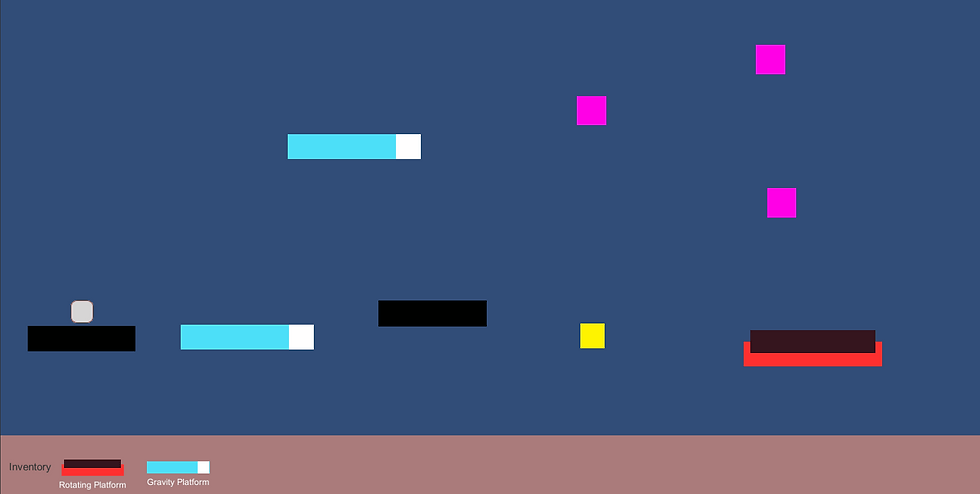Morphy - Development Post #5
- Anuj Patwari

- Apr 20, 2019
- 2 min read
Hello!! Welcome back to the development blog of Morphy. In this post I shall be covering the philosophy behind my Level Design process and also show you the Game Flow and Game Loop followed in Morphy. I have a huge interest in Level Design myself and I am very excited to share my Level Design process with you guys and hope you like it too!
The Philosophy
During the Level Design process of Morphy, I had one philosophy set in mind that I wanted to follow and that was the Kishōtenketsu philosophy. It is a 4-part structure and development of classic Chinese, Japanese and Korean narratives, it is used in 4-line Chinese poems and 4-panel Japanese comics, in each of these stories the 4 parts are –
ki – Introduction
shō – Development
ten – Twist
ketsu – Conclusion

Adaptation
In Level Design, levels are 4-part self-contained showcases, where a mechanic can be successfully taught, developed, twisted and then concluded in a short-time;
Introduction (ki) – Every time a new mechanic is introduced, it will be introduced in a safe environment, where the player can learn the mechanic and mess around with it.
Development (shō) – After the mechanic is introduced, it is established further and developed by adding challenges and the safety-net being removed.
Twist (ten) – After a while, when the player understands the mechanic, the mechanic will be turned around on its head with a twist, by pairing it with a new mechanic or a previously learned mechanic or implementing it in a fairly difficult sequence, to challenge the player or to offer a fresh perspective.
Conclusion (ketsu) – Finally, the conclusion where the player will be tested to show-off what they have learned over the course of the previous levels with relatively harder sequences.
Justification
Koichi Hayashida over a course of a few Mario games, adapted and developed the Kishōtenketsu philosophy for Level Design. This is how Nintendo manages to fit multiple mechanics in a game without making it bloated or full of tutorials. Tutorials often break the flow of the game, teaching the mechanics through action and gameplay can be fruitful. If ever mechanics are re-introduced in further levels, we can be confident that the Player knows them as they encountered and learned them in earlier levels, this will offer for interesting gameplay.
Game Flow & Game Loop


Difficulty Curve

The difficulty curve of the game fluctuates rapidly until the 6th level because of the introduction and implementations of new mechanics at regular intervals through these first 6 levels. From the seventh level the more complicated levels are introduced as per the level design philosophy I have decided to use through this game.
That's all from me from the last two weeks. I know it has been a very theoretical post this time, but I've tried to be as clear as possible about everything because like I already said, Level Design interests me a lot.
I've been very very busy with multiple projects and I just wanted to get this post out before the final submission on the 1st of May. The next post will be the final post towards this project. It should be covering feedback from my playtest sessions and will also cover anything I will be adding or fixing or changing coming forward.
Until then, adios.



Comments